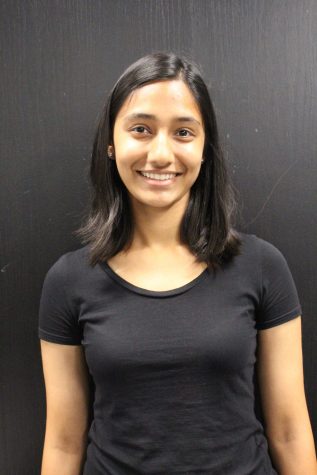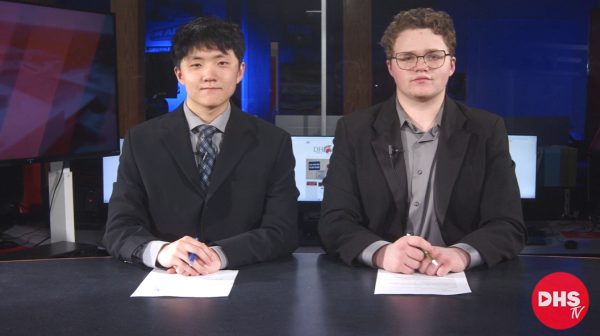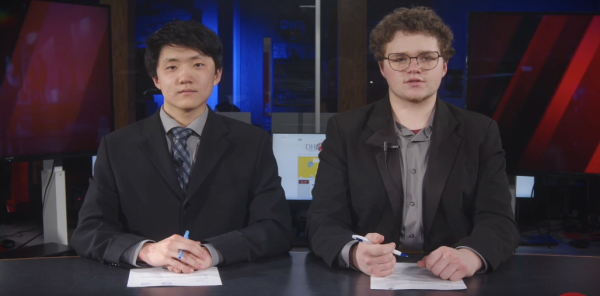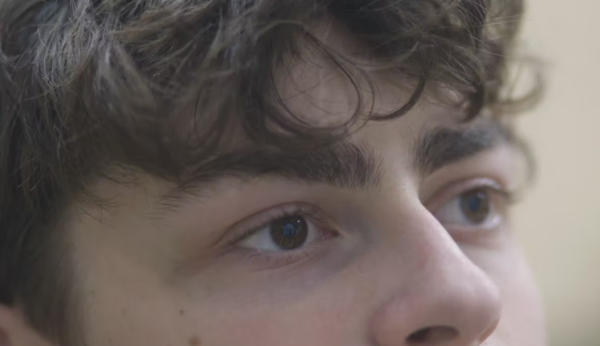Return to Learn: Closing the gap between concussions and school
Playing a sport is undoubtedly one of the most exciting things there is to do in high school. There’s not much to dislike: except for when, every now and then, a hit on the head leads to an injury that can seriously impair the health and safety of students. Concussions are fairly common in high school sports, and as such, there are programs in place to help kids recover from these serious injuries.
In 2010, the Illinois General Assembly began writing legislature for a type of protocol for concussions with students. After the legislation was passed in 2015, Illinois high schools were required to have a concussion oversight committee for all students, not just athletes. With the legislation, each school had freedom to implement their own levels and stages. For DHS, nurses,
athletic trainers, and counselors all work together in order to gradually progress students back into the classroom after having been diagnosed with a concussion.
While DHS already had the primary program of Return to Learn, the secondary program Return to Play started this year. School nurse Sharon Urban explained how students would progress physically and return to active involvement athletics, but they still were having issues with their cognitive abilities, feeling mentally foggy.
Urban shared her role as one of the DHS nurses stating, “We assess the systems and usually it’s headaches, dizziness, and nausea. We have them come into the office and fill out a questionnaire everyday. We monitor them, and based on how they are doing, we progress them.” The health office has put the program into action and acts as a hub for communication between
teachers, parents, and doctors.
There are many people working towards the common goal of students coming back to a full recovery. As DHS Athletic Director Robert Ruiz explained, students need the assistance, guidance, and support of teachers and administrators throughout the process of returning from a concussion.
“Part of the law is to provide ample time for students to get the rest they need,” Ruiz explained. If students go back to heavy cognitive work too early, they may be lessening their potential or cognitive abilities in the future if their brain isn’t given enough time to heal.
Urban greatly emphasized the same idea of gradually reintroducing school work to students in the four step process that has been designed for students. The first step of the program involves complete cognitive and physical rest, so students avoid all homework and academic assessments, while staying away from screens as well. The second step reintroduces students to the classroom and learning environment. If the symptoms worsen in step two, students regress back to the first step until they are ready. Should the student continue to improve their symptoms they can begin to work on homework once again, with periodic breaks in order to ensure the brain is given time to rest. If students continue to progress symptom free, they are cleared to be back in physical activity and return to their P.E. class.
While the fourth step marks the end of Return to Learn for many, for athletes it begins the start of Return to Play, a post concussion protocol the school has been using for several years in conjunction with the athletic trainers. Although Return to Learn and Return to Play are separate programs, the two continue to keep parents informed regarding their child, and anything else they can do to help the process.
“Our athletic trainers do an awesome job with parents explaining the steps and helping them understand where they can go for additional help,” Ruiz stated. Keeping every party involved and informed helps to smoothen the process and also reduce any possible anxiety that may arise. Sticking to the prescribed routine is crucial to a successful recovery for students.
While it is the first year of Return to Learn, Urban felt the program has been very successful thus far. “I think that Return to Learn has been really effective, and that students are getting back to class way sooner than before, at least fifty percent sooner than last year,” Urban stated. Given it is a new program, there are some kinks that may still need to be worked out, but positive results show promise in the program designed to look out for students’ health.
“No game or practice is more important than your safety,” Ruiz states. Despite all the pressure that students may feel academically or within their sport, their health is the utmost concern, something both Return to Learn focuses on through its gradual introduction of academia back to students, and through the key communication embedded in the program as well.

Sakina Naqvi, a junior here at DHS, is a second-year writer for Deerprints. With a passion for journalism, Sakina is excited to explore her talents in...





